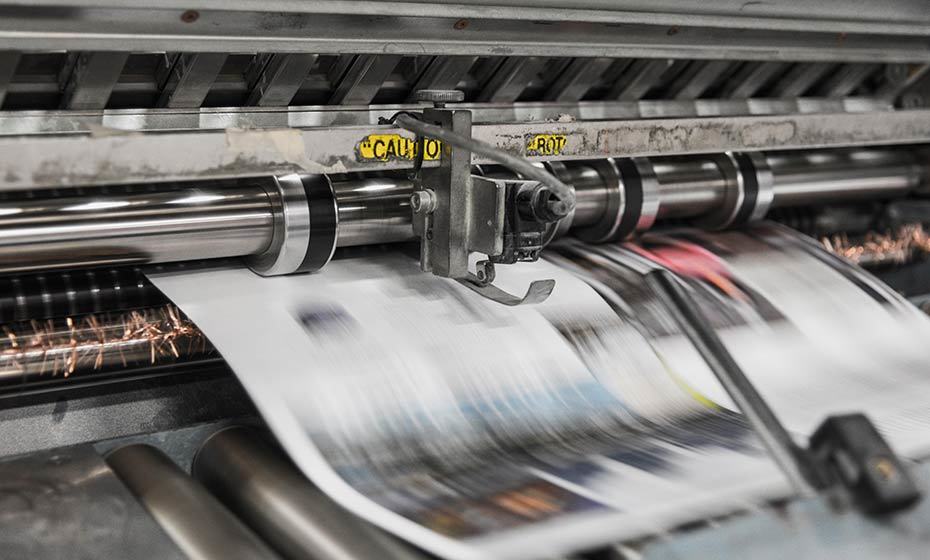What is the role of concrete protective layer in the use of steel truss floor?
Release time:
2018-05-16 00:00
Concept of concrete protective layer: In reinforced concrete members, in order to prevent corrosion of steel bars and ensure that steel bars and concrete are firmly bonded together, there must be a sufficient thickness of concrete protective layer outside the steel bars. The minimum distance from the outer edge of the reinforcement to the concrete surface is called the thickness of the protective layer. Function:
1. Maintain the holding force between the stressed steel bar and the concrete
The steel bar in the concrete structure can bear the force because of its bonding and anchoring effect with the surrounding concrete. The bite effect between the stressed steel bar and the concrete is the main component of the grip force. The gripping force of the concrete around the reinforcement depends largely on the thickness of the concrete gripping layer and is proportional. In order to protect the resistance of the stressed steel bar from normal play, the thickness of the concrete protective layer of the stressed steel bar shall not be less than its diameter.
2, protect steel from corrosion
concrete structure compared with steel structure, its outstanding advantage is good durability. This is due to the alkaline environment of concrete so that the surface of the steel bar wrapped in it forms a passive film and should not be corroded. Therefore, a certain thickness of the protective layer is necessary to ensure the durability of the structure.
3, Influence on the Effective Height of Component Stress
From the perspective of anchoring and durability, the thickness of steel bars in the concrete protective layer should be as large as possible; However, from the perspective of stress, it is just the opposite. The greater the thickness of the protective layer, the smaller the effective height of the component section, and the force of the component will be affected.
Therefore, the thickness of the concrete protective layer should be determined by considering the three factors of anchoring, durability and effective height, and the thickness of the protective layer can be as small as possible under the condition of ensuring anchoring and durability. The minimum thickness of the protective layer given by the specification is the minimum value of the thickness of the protective layer.
Previous article







